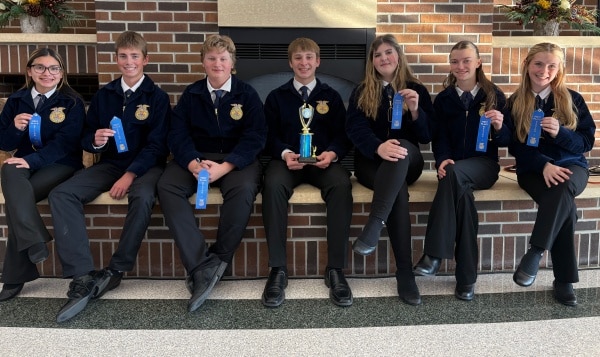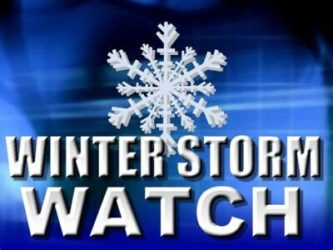The Minnesota Department of Natural Resources is restricting the open burning of vegetative debris due to increased wildfire risk resulting from hot temperatures and arid conditions across most of Minnesota.
Beginning Monday, March 18, the restrictions apply in the following counties:
Aitkin, Anoka, Becker, Beltrami, Benton, Carlton, Cass, Chisago, Clay, Clearwater, Crow Wing, Douglas, Grant, Hennepin, Hubbard, Isanti, Itasca, Kanabec, Mahnomen, Mille Lacs, Morrison, Norman, Otter Tail, Pine, Polk, Pope, Ramsey, Red Lake, Sherburne, St. Louis County (southern half), Stearns, Stevens, Todd, Traverse, Wadena, Washington, Wilkin, and Wright.
The DNR will not issue permits for the open burning of brush or yard waste in these counties until restrictions are lifted.
Wildfire risk increases yearly after the snow melts and before vegetation greens up. “This year, we’ve seen an early start to our wildfire season due to hot winter temperatures and less than half the average snowfall across much of the state,” said Karen Harrison, DNR wildfire prevention specialist. “Spring burning restrictions help reduce the number of wildfires, especially those caused by debris burning.”
Harrison encourages residents to use alternatives to burning to dispose of yard waste, such as composting, chipping, or taking brush to a collection site. For more information, visit the DNR website’s Composting for Woodland Owners page (mndnr.gov/wildfire/prevention/debris-composting.html).
People cause over 90% of wildfires in Minnesota. Due to the high wildfire potential this spring, people should be careful with anything that can cause a spark, especially on dry, windy days. If a fire rekindles or escapes, the person who set it is liable for any damage caused and wildfire suppression costs.
Burning restrictions will be adjusted as conditions change. For more information and daily updates on current fire risk and open burning restrictions, visit the DNR website’s statewide fire danger and burning restrictions page (mndnr.gov/burnrestrictions).

Tags:




